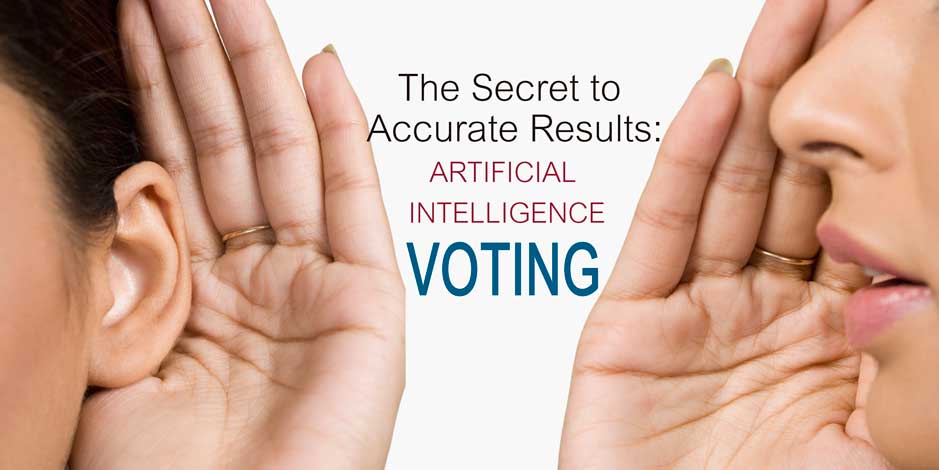What’s the Secret of Much Higher Accuracy in Recognition?
Humans have an amazing capability to process visual information, quickly interpreting and recognizing things in images. While it’s natural for humans, such tasks can be challenging for software. Technology still cannot imitate the use of hierarchical abstraction and other human perception models and methods of human thinking. Usually, even the most advanced image analysis engines rarely offer individual accuracy that is good enough to satisfy today’s high accuracy and efficiency demands. And nevertheless, modern AI systems may offer solutions that successfully compete with the quality that can be provided by human operators. In particular, they can outperform operators in accuracy.
How then does capture powered by AI lead to more accurate data results than can be achieved by humans?
One of the powerful mechanisms is combining results of multiple recognition engines based on different algorithms. Because image analysis engines based on different methodologies make different errors, it is possible to reduce the error rate by combining the individual results of multiple engines using artificial intelligence voting mechanisms.
Higher Reliability Through Voting
The voting mechanism may produce a combined output, which is more reliable than any of the individual results and can remarkably improve the overall performance. And yet, all voting algorithms are not created equal. These range from fairly primitive waterfall voting algorithms to more complex parallel processing algorithms using neural networks. Many modern capture engines rely on standard voting algorithms with suboptimal results.
The most efficient, voting schemes created by companies like Parascript have become extremely sophisticated.
Developing a Voting Scheme & Algorithms
Developing a voting scheme and its algorithms requires special expertise and experience. Various methods are applied to analyze dozens of a document’s features. Each algorithm has a special area of expertise and exploits a unique method. Sophisticated logic analyzes and combines the interim results obtained from the individual algorithms to determine the final result. Advanced voting mechanisms exploit the individual strengths of each algorithm, avoid their weaknesses and suppress unimportant results.
In some cases, voting combines answers from different engines to get the best quality data results; in others, it can even produce a new answer that was not generated by any of individual engines. The number of engines included in voting schema, their types, key expertise and the accuracy of each engine are just a few factors that have to be considered in choosing the right voting approach. A correctly developed voting scheme produces a combined output, which is more reliable than any of the individual algorithm results and can remarkably improve overall performance.
Early Applications of Voting Methodology
Use of voting algorithms has been refined over the years and did not occur overnight. The first implementation of a combination of engines using a number of fundamentally different algorithms and techniques was initially applied in the postal automation industry by Parascript almost 20 years ago. A combination of a human-like holistic analysis, multiple neural networks and sophisticated statistical voting algorithms enabled a significant improvement in recognition rates and a decrease in error rates in mail processing so that today, mail processing automation is well over 90% with 1-2% accuracy for handwritten and machine print. Check processing read rate accuracy can be even higher.
Advancements in Machine Learning Today
Nowadays, voting algorithms are commonly used to improve the recognition results. The universality of Parascript algorithms allows us to apply them to diverse areas of research. This ranges from application processing, fraud prevention to medical imaging: computer-aided detection for mammography.
Leveraging Image Analysis Algorithms
For example, Parascript image analysis algorithms automatically identify and clearly mark suspicious areas without obscuring the region of interest, enabling more accurate interpretation of mammograms and increased detection of calcifications and masses. The technology integrates several complementary algorithms and sophisticated voting methods to achieve high sensitivity and low false-positive rates so that patients are less likely to be called back in for unnecessary additional examinations.
The Power of Voting for Improved Recognition
Implementation of a powerful set of fundamentally different algorithms and techniques, and combining a human-like holistic analysis with multiple neural networks has created dramatic improvements in document analysis performance for documents ranging from invoices, receipts, checks, loan applications to medical claims and other insurance forms.

